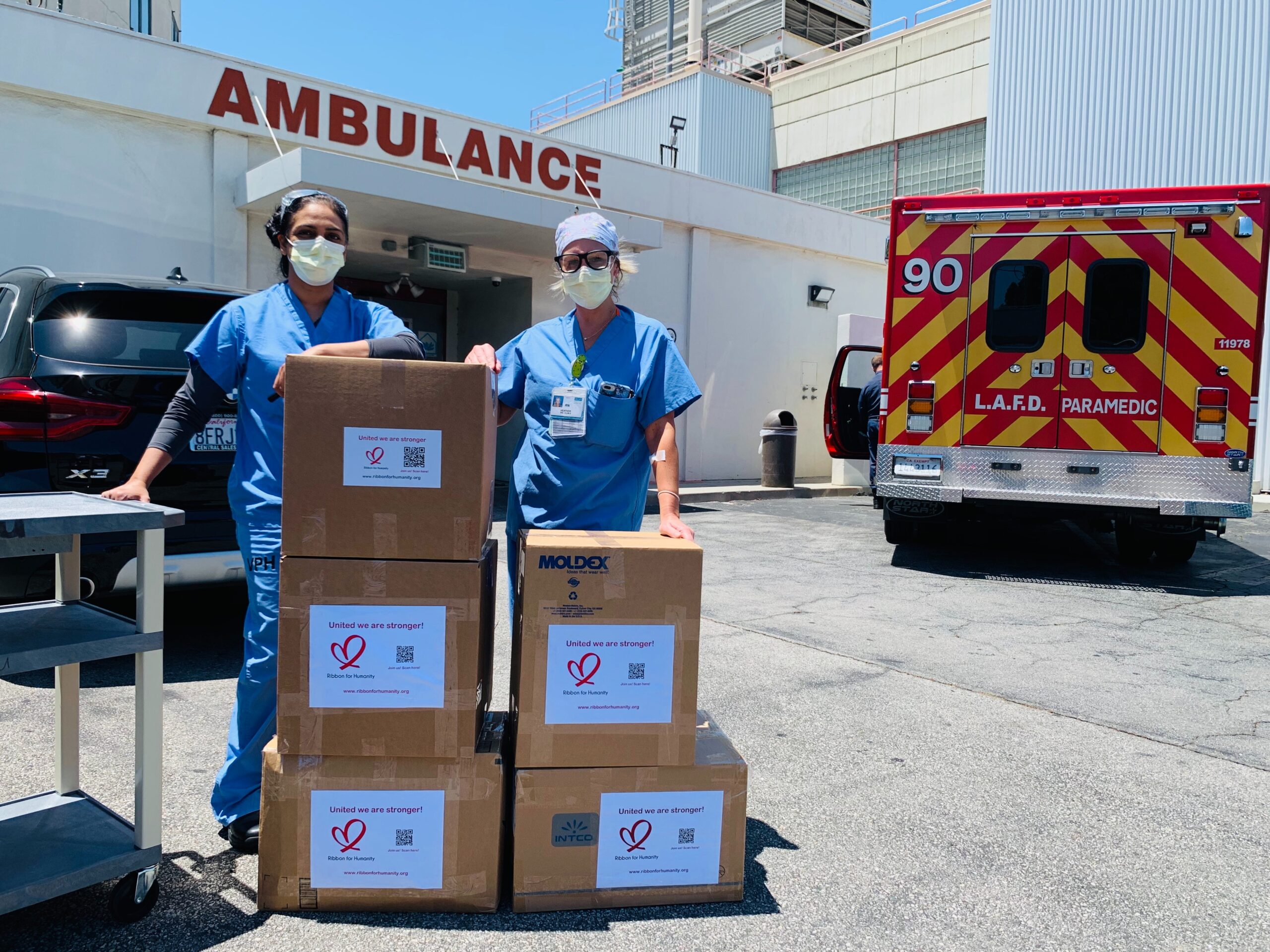In part one of this three-part series, we looked at the battle of narratives between the NRA and the gun safety movement. Here, we go deep into one of the dominant narratives playing out in our media ecosystem today.
If you are narrative geeks like we are here at Resource Media, you, too, have probably read lengthy essays about the power of narratives to drive policy change. We are big believers in this and have seen it play out over and over again in campaigns. However, little time has been spent on the incredible power of visuals in setting the frame. In fact, we know that images have the power to subconsciously trigger or lock in a narrative in a fraction of a second, long before the more rational parts of our brain have a chance to interpret text.
Cognitive scientists have shown that our brains respond first to visual input, far faster than absorbing text on a page or audio in a real-life setting. Neurologists have documented that images are a direct pathway to the amygdala, which regulates our emotions, and emotions strongly influence decision-making. As we consider how to advance new narratives to create a more humane post-COVID world, we need to develop a visual strategy to connect with the right emotions to inform decision-making.
So, six months since the coronavirus arrived in the United States, what is the dominant narrative on the pandemic? Well, it depends on what media ecosystem you swim in.
Let’s start with the story-based narrative. On one side you have progressives pointing to data showing that while everyone is vulnerable to the disease, the coronavirus is disproportionately impacting communities of color. The pandemic is daylighting how systemic inequalities and structural racism compound the harm. This narrative puts the collective health of the community over the rights of the individual and emphasizes our shared responsibility to protect the most vulnerable members of our society. The values at play in this narrative are health, family, community and a shared sense of personal responsibility.
A competing narrative emphasizes a different story – the “economic lockdown” and state orders around social distancing threaten liberty and prosperity. This narrative rallies people around the idea that a public-health centered approach is yet another example of government overreach. This is a decades-old narrative that has been carefully built and reinforced by the right. Recall Ronald Reagan’s quip that, “government isn’t the solution, government is the problem,” or the Libertarian mantra that “government governs best when it governs least.”
Those are the text-driven narratives. But what is the visual narrative of the pandemic in this moment? Whose side is winning the battle of images?
Often in narratives, the messenger – who is doing the talking – sets the visual narrative and frame for the viewer or listener. By virtue of who we see talking, our brains make subconscious assumptions about the story we’re about to hear. Before the story even starts, in many cases we are already choosing sides.
In the early days of the pandemic, with the novelty of stay-at-home orders, social media was rife with images of people finding community even while apart. The messengers were people like us, and the storylines emphasized how we’re all in this together, with the virus as a common threat.
In May, a new set of visuals has pushed into the frame. The media began serving up men in camouflage, armed with guns and flags against a backdrop of state capitol buildings. Their hand-held signs telegraphed angry messages about government’s threat to their freedom and prosperity.
Community-minded interests moved past the “flattening the curve” graph to pushing imagery of nurses in scrubs and other heroes of the frontlines, as well as helping to elevate other essential workers, from grocery store clerks to bus drivers. The victims were elderly grandparents locked behind glass in a nursing home, frightened patients in oxygen masks, or, worse yet, unfortunate souls whose bodies overwhelm morgues and cemeteries. The villains were those who selfishly put lives at risk, be they frontline and essential workers or your grandma.
And don’t forget masks! The visual of the narrative presented by masks became a veritable culture war this spring. Those who wear masks per the guidance of health authorities consider it a sign of respect and caring for others, especially the most vulnerable. Mask wearing is a community responsibility. Those who shun masks and heap scorn on the mask wearers have pronounced it government imposing its will on others.
In Part Three, we will examine visual narratives in climate change and in oceans campaigning and conclude with four questions to ask yourselves as you develop new narratives on your issues.
— Liz Banse, Senior Program Director


